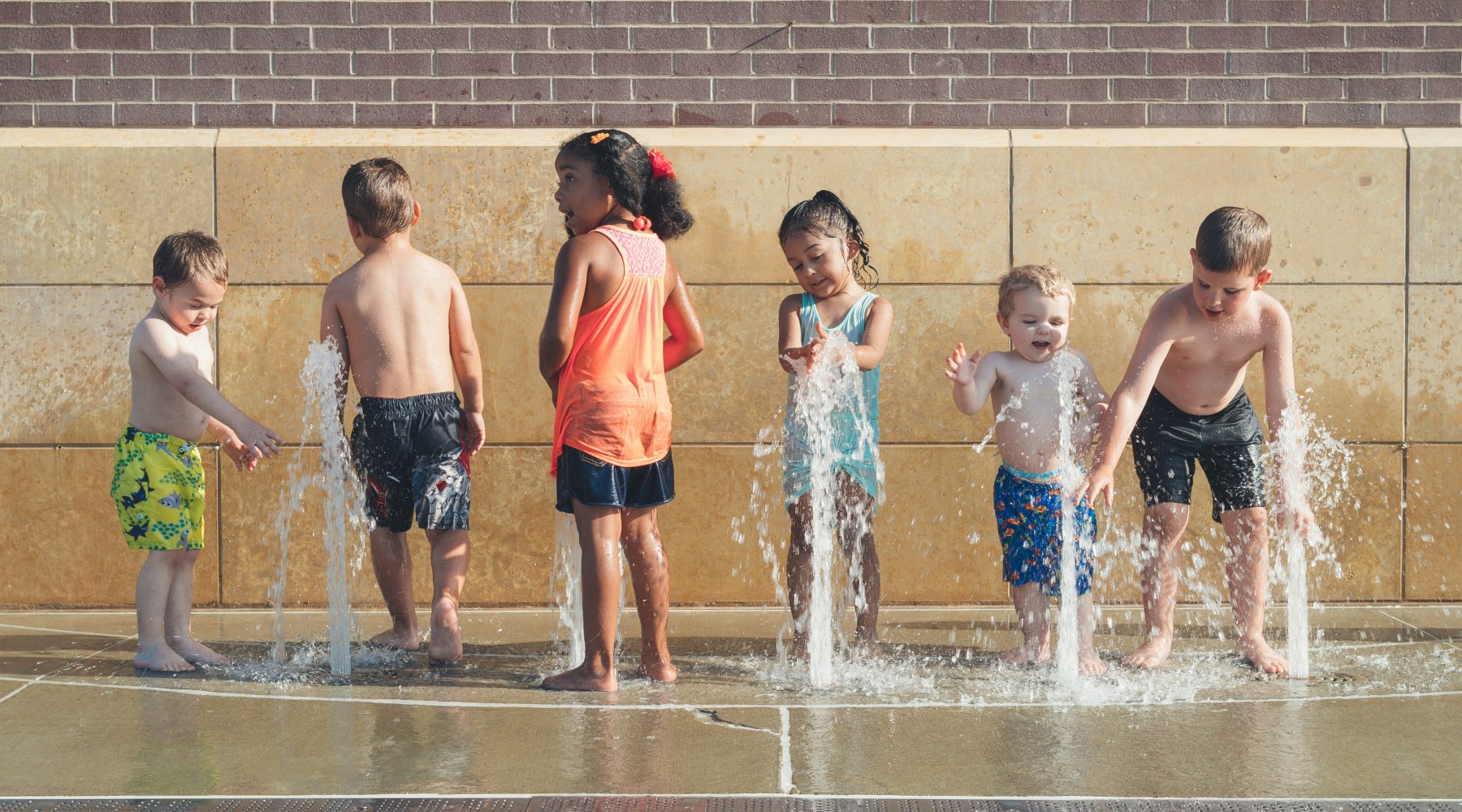Researchers say children with autism 160 times more likely to drown

Alarming research from the United States has shown that children living with autism spectrum disorder (ASD) are 160 times more likely to die from drowning compared with the general paediatric population, with researchers saying that, given then findings, swimming classes should be “the intervention of top priority.”
Dr Guohua Li, founding director of the Centre for Injury Epidemiology and Prevention at the University of Columbia, said that once a child is diagnosed as being on the autism spectrum, “paediatricians and parents should immediately help enroll the child in swimming classes, before any behavioral therapy, speech therapy, or occupational therapy. Swimming ability for children with autism is an imperative survival skill.”
The findings have been published in the American Journal of Public Health and are relevant to the Australian early childhood education and care (ECEC) sector, with a number of outside school hours care (OSHC) programs offering swimming activities in the warmer months, and with The Sector previously reporting on warnings in relation to water troughs and swimming pool fencing for family day care environments.
Wandering is a common autistic behaviour, Dr Li said, making the point that many children with autism have an affinity to bodies of water. “With impaired communication and social skills, (children with autism) tend to seek relief of their heightened anxiety from the serenity of water bodies. Unfortunately, this behaviour too often leads to tragedies.” he added.
The Australian Broadcasting Corporation (ABC) covered the research, speaking with Erika Gleeson of Autism Swim, an organisation she founded whilst working as a behaviour specialist after learning the “shocking statistics” in relation to water safety for autistic children.
Speaking with the ABC, Ms Gleeson said many children living with ASD had “decreased ability to perceive danger and risk” and that the sensory benefits from being in water can be “so fulfilling that nothing else matters”
The lack of awareness is often exacerbated, Ms Gleeson said, by the fact that swimming lessons have been delivered by instructors who “understand swimming well, but don’t understand the autistic brain, and how that brain acquires skills”
Ms Gleeson told the ABC that keeping children with ASD safe around water was a community responsibility, offering the following tips to ensure children were as safe as possible around water:
- Ensure the water source, and access to the water source, is secure
- Teach water safety rules
- Know how the child in your care acquires new skills in other environments, and adapt these methods to water safety
- Use tools such as repetition, cartoons, or social stories to reinforce the message
- Be aware that safety skills for one environment (such as a pool) may not transfer to another (such as the beach)
Dr Li’s research can be accessed here, with the ABC coverage of same, alongside stories from parents of children with ASD, available here.
Popular

Workforce
Policy
Quality
Practice
Provider
Research
ECEC must change now, our children can’t wait for another inquiry
2025-07-02 07:47:14
by Fiona Alston

Practice
Provider
Quality
Workforce
Leading with Curiosity: How distributed leadership is redefining the future of early childhood education
2025-07-03 07:42:07
by Contributed Content

Events News
Workforce
Marketplace
Practice
Quality
Provider
Research
An exclusive “Fireside Chat” with ECEC Champion Myra Geddes
2025-07-01 11:25:05
by Fiona Alston











